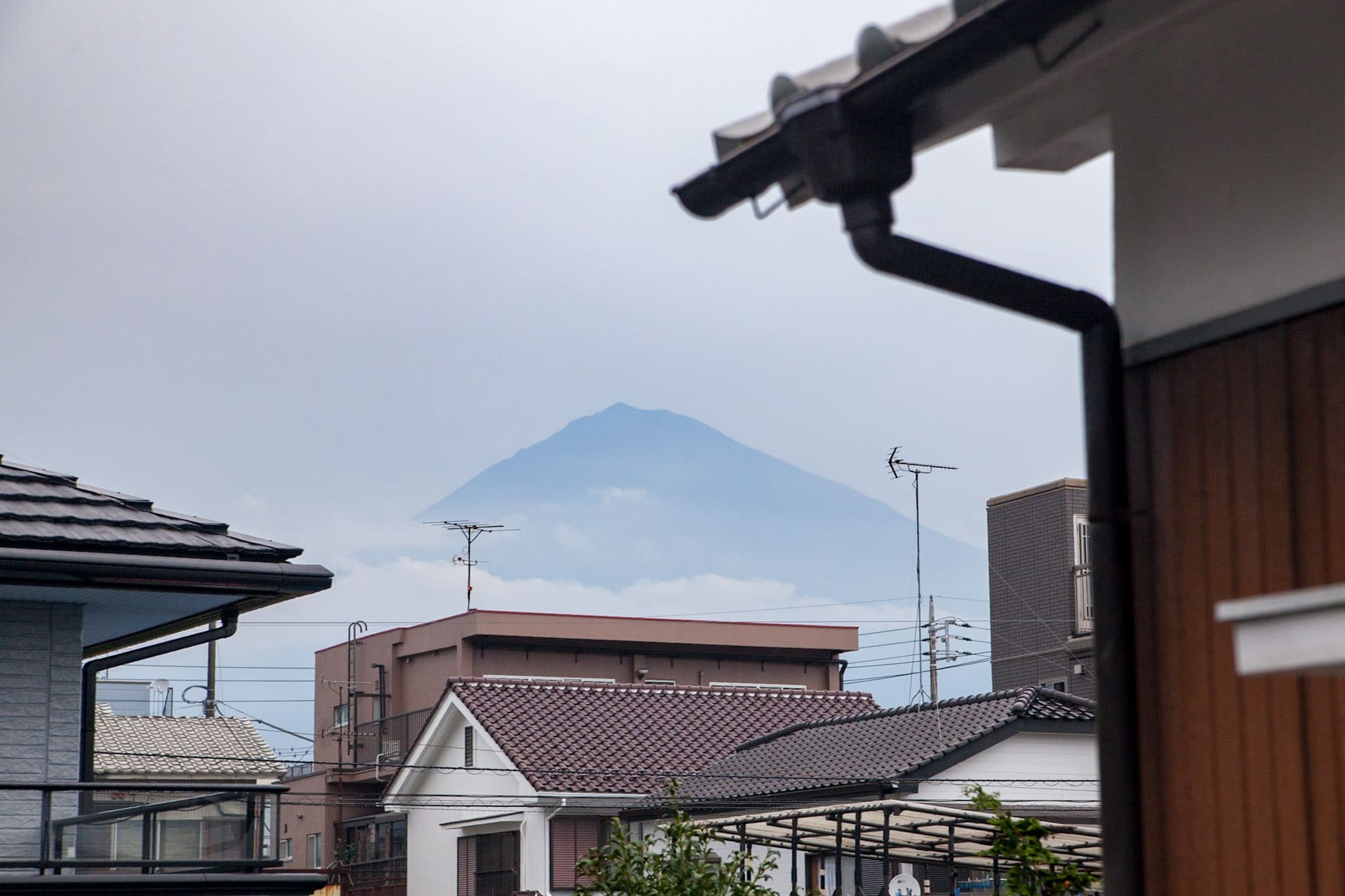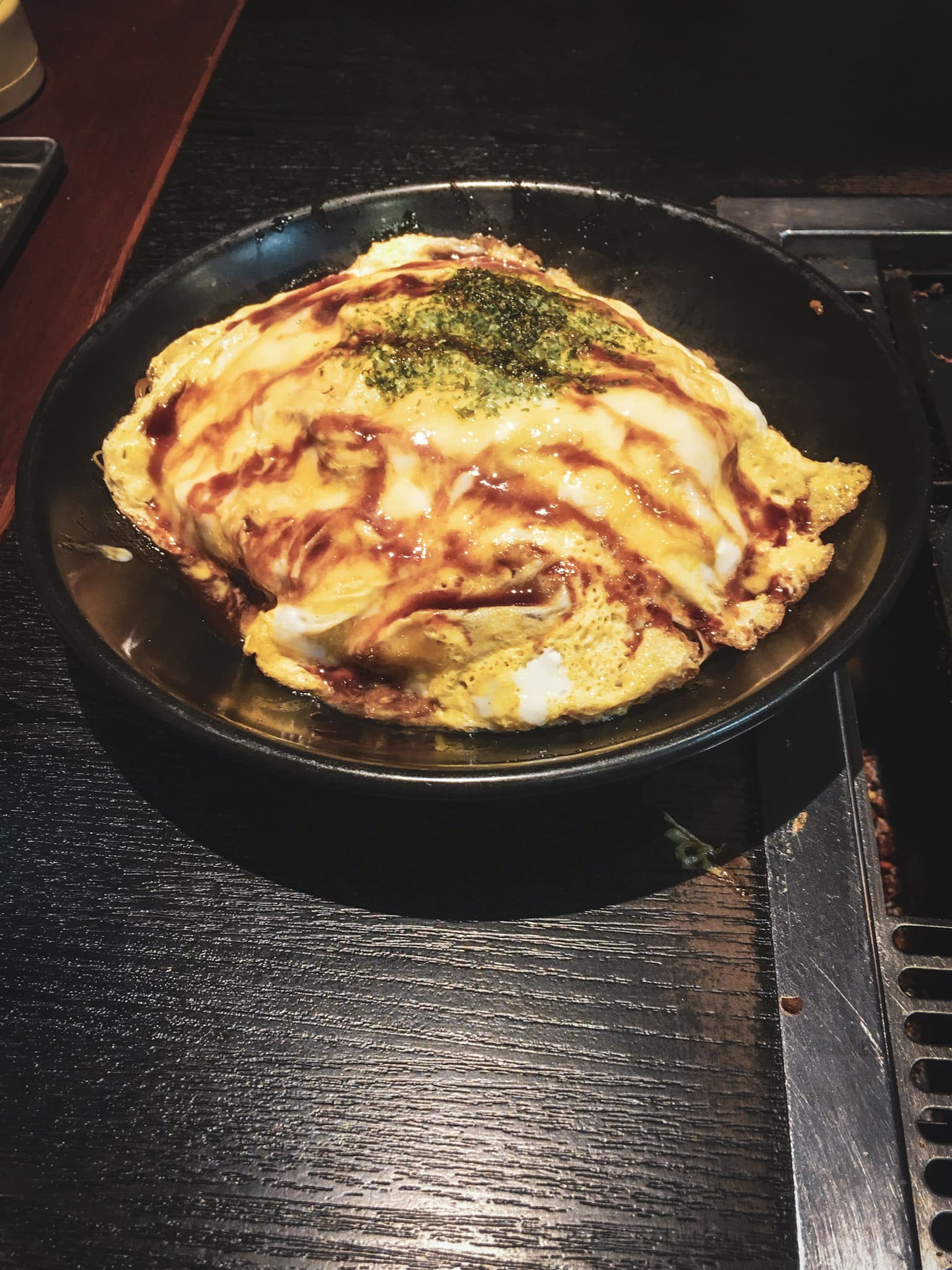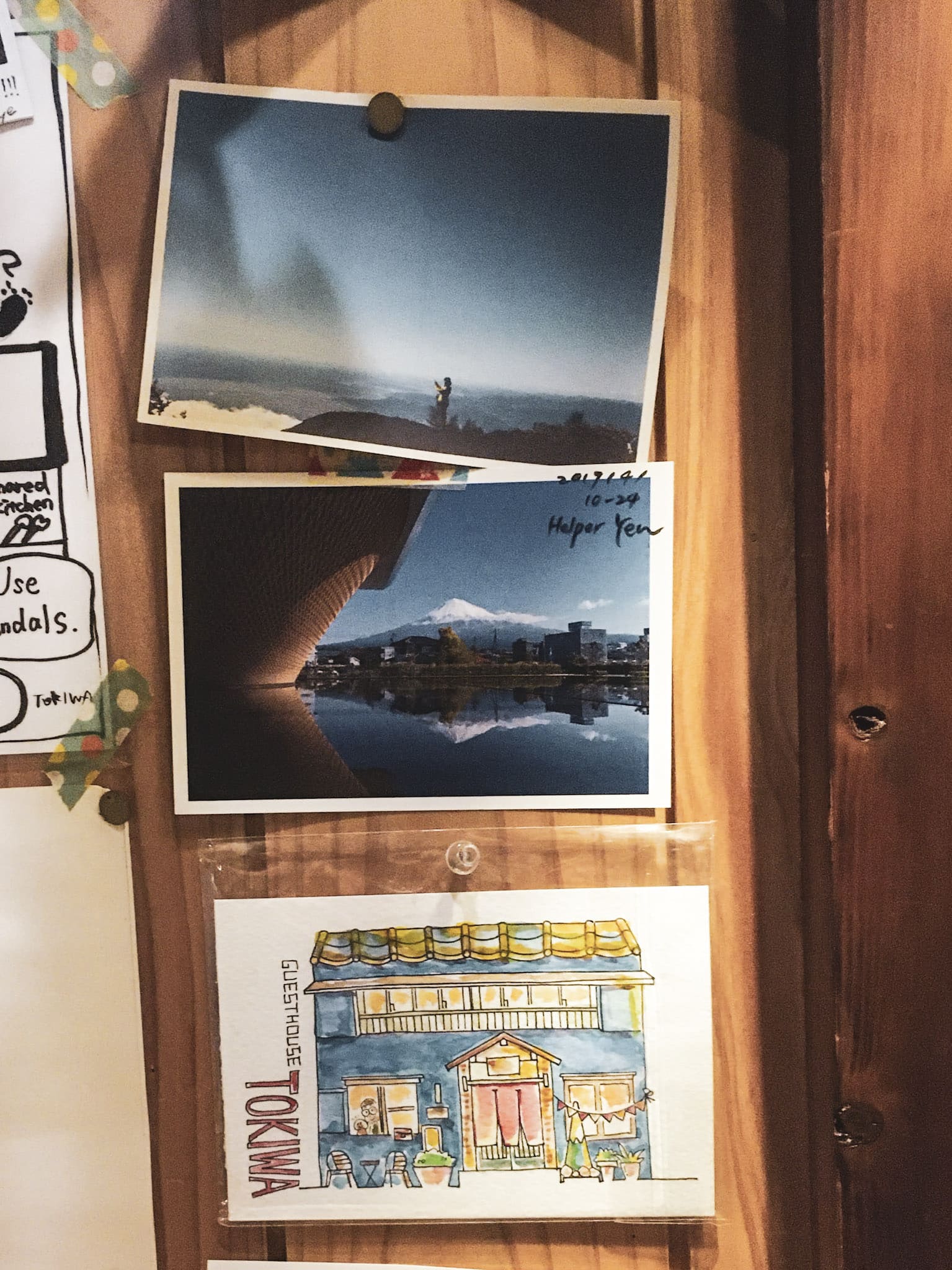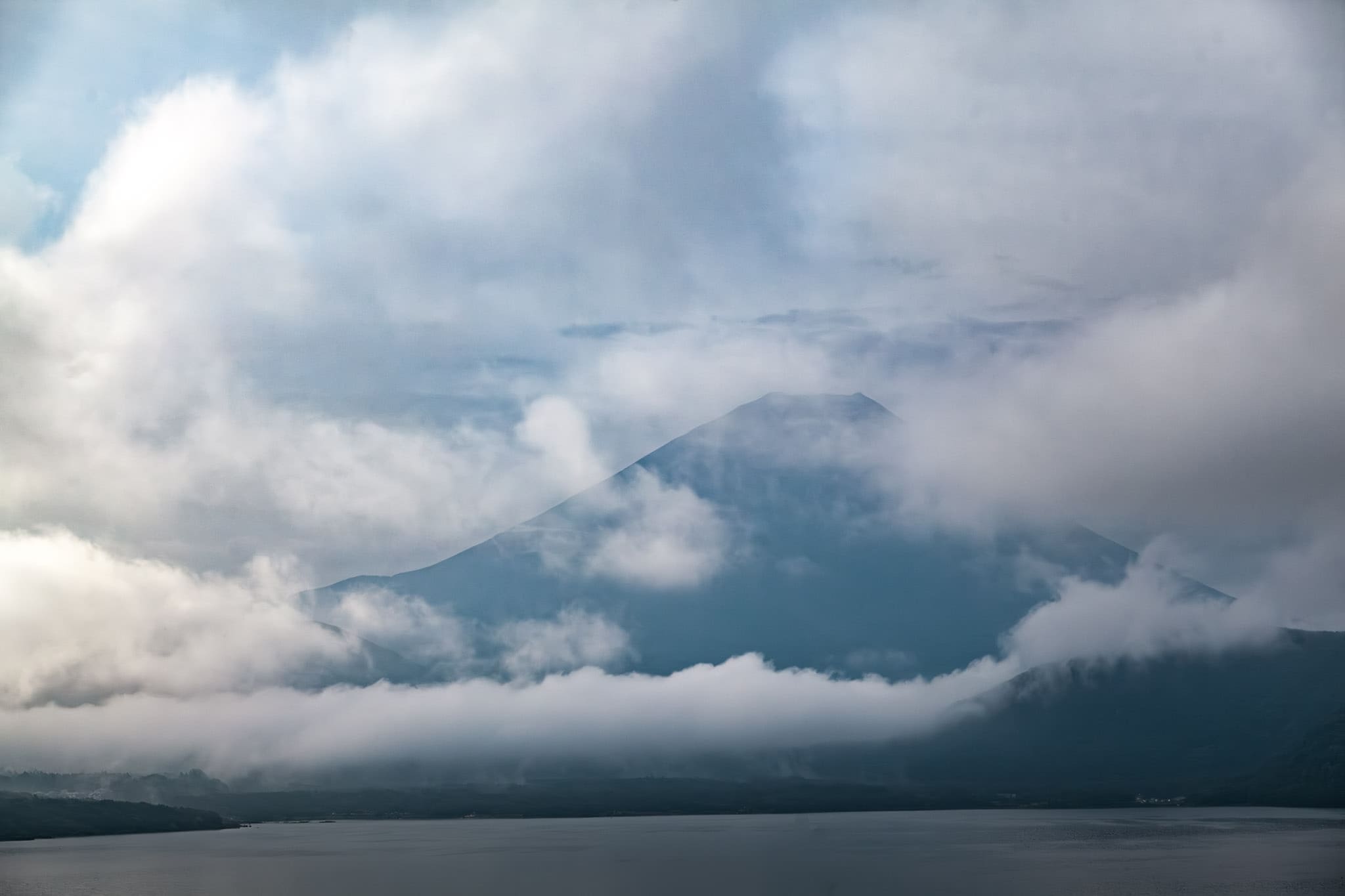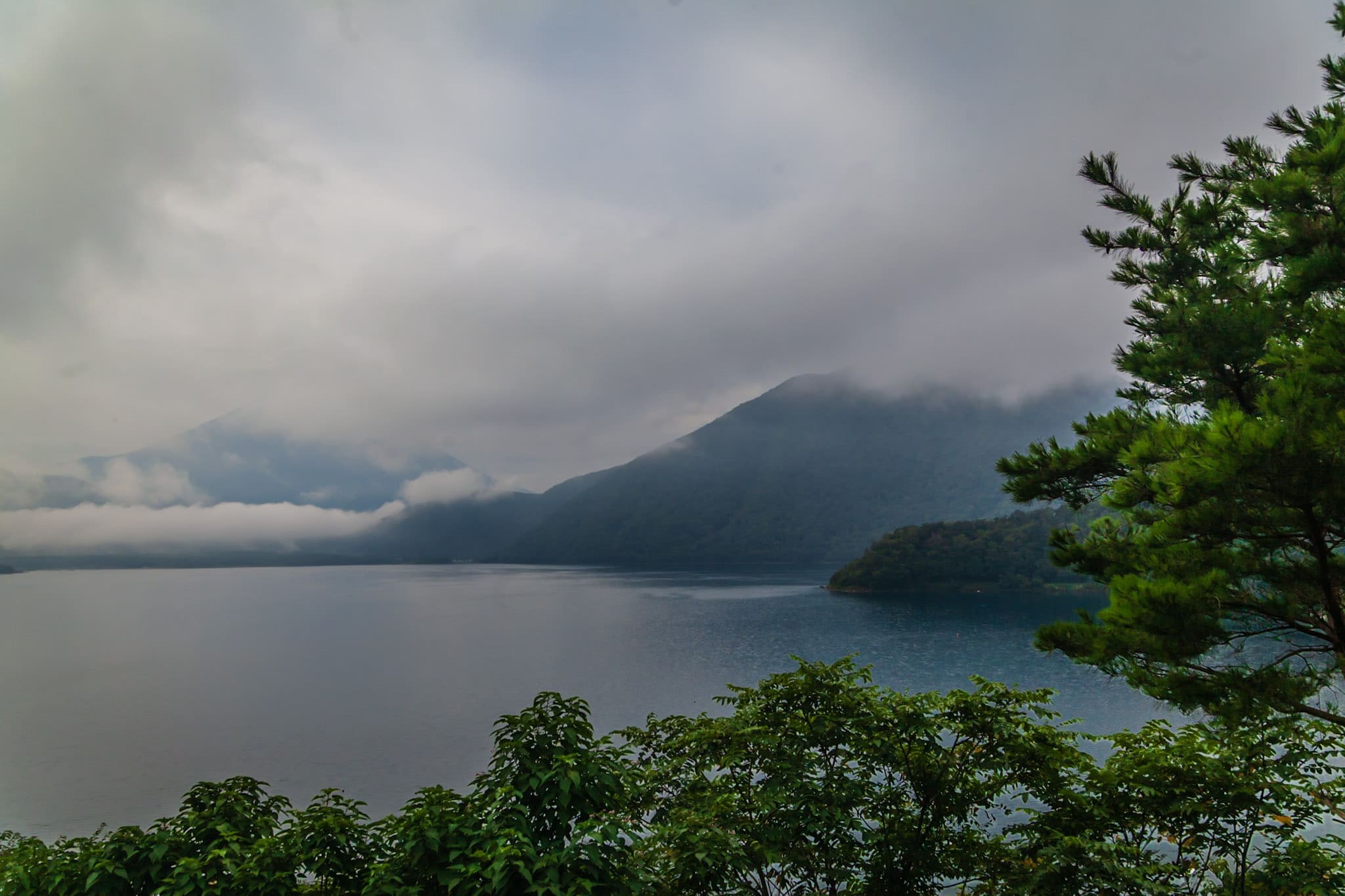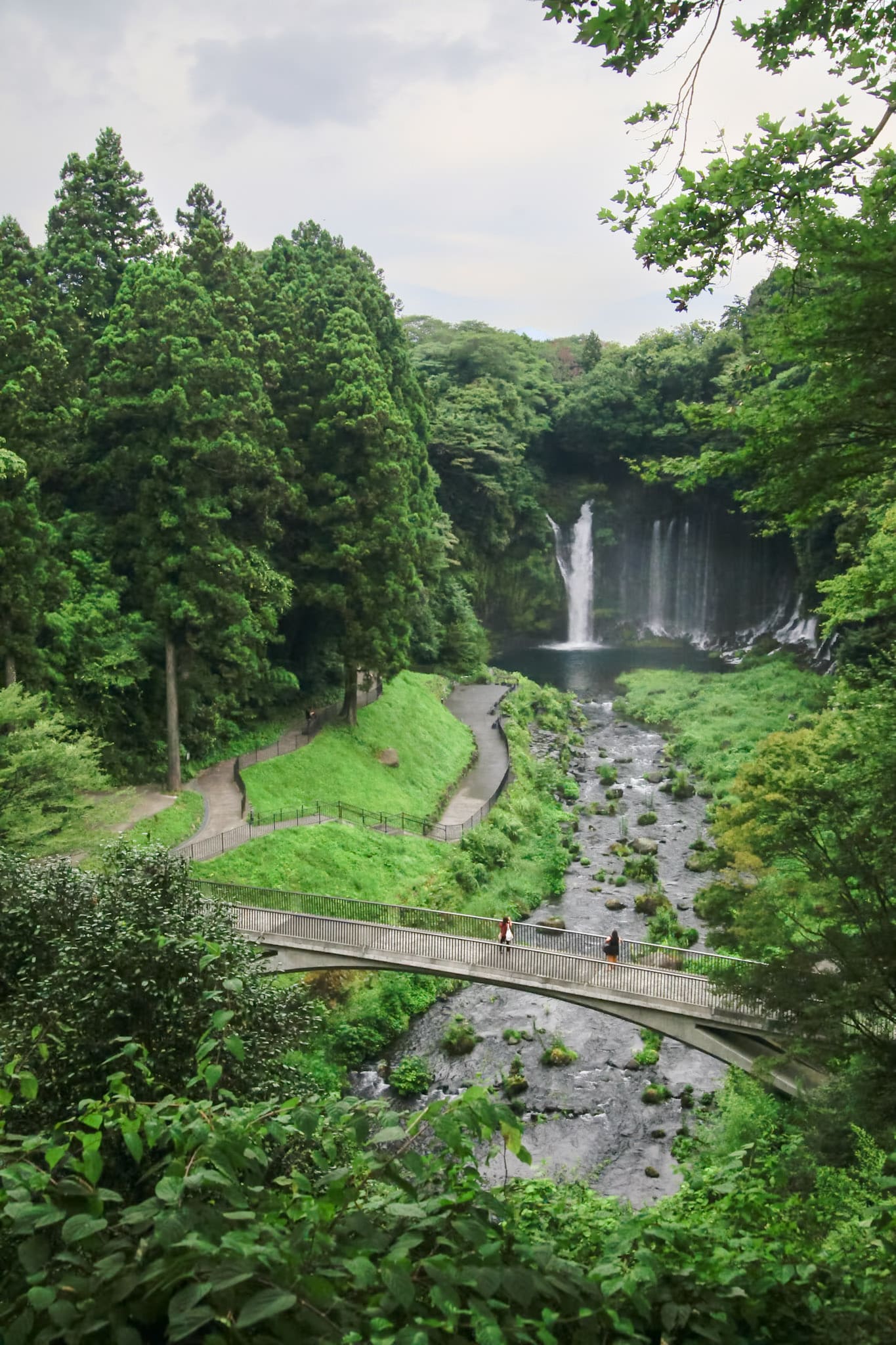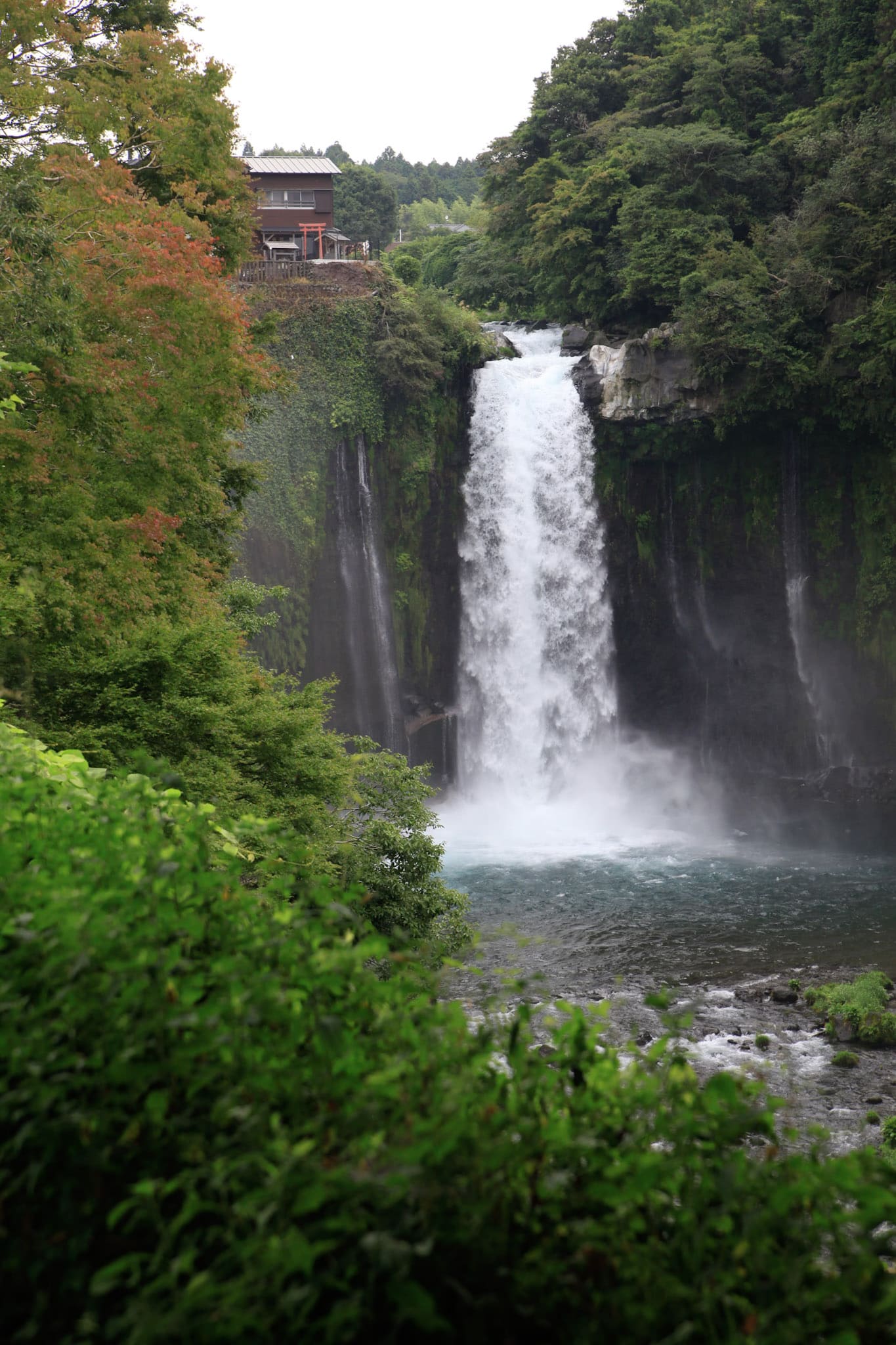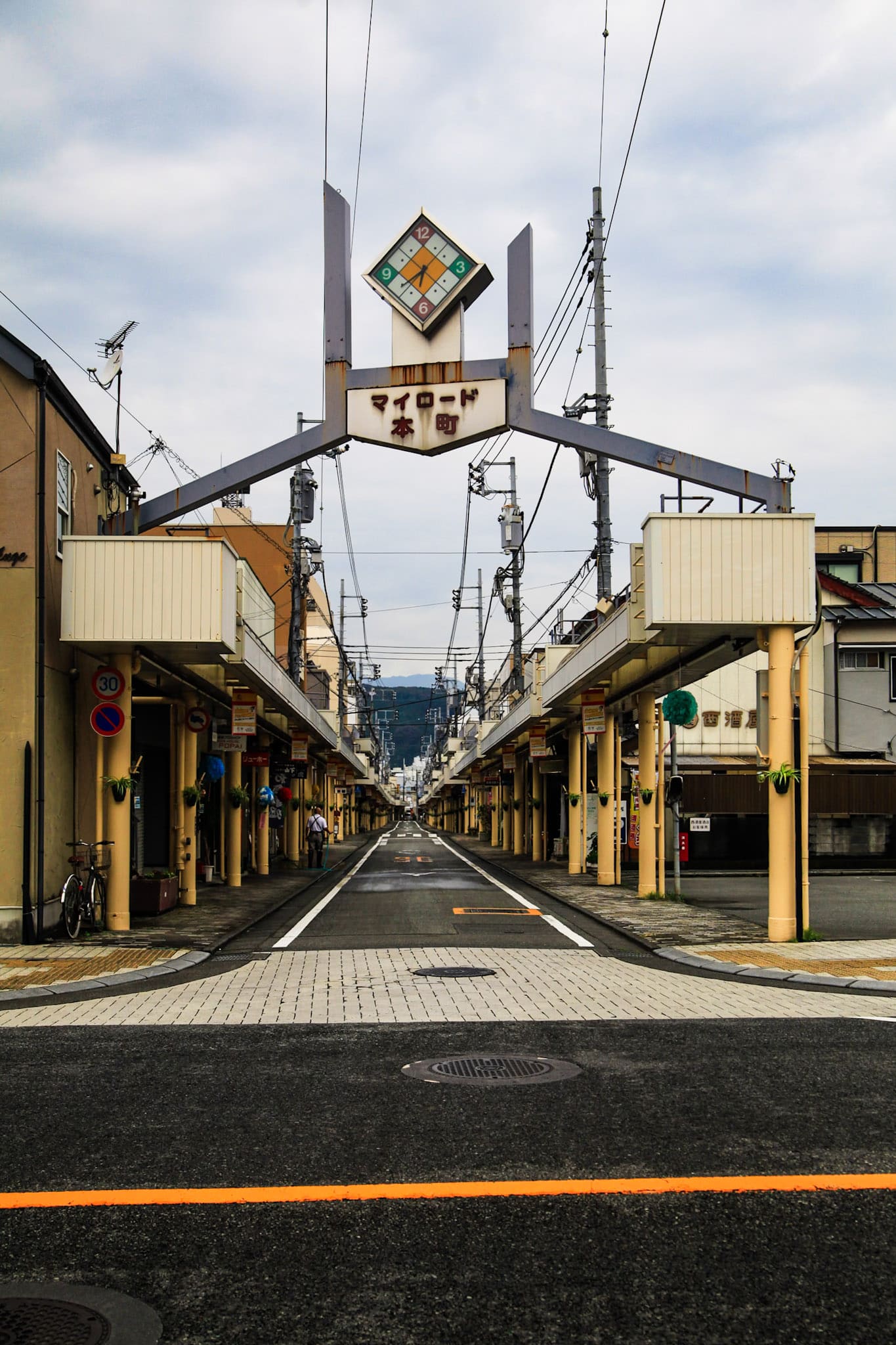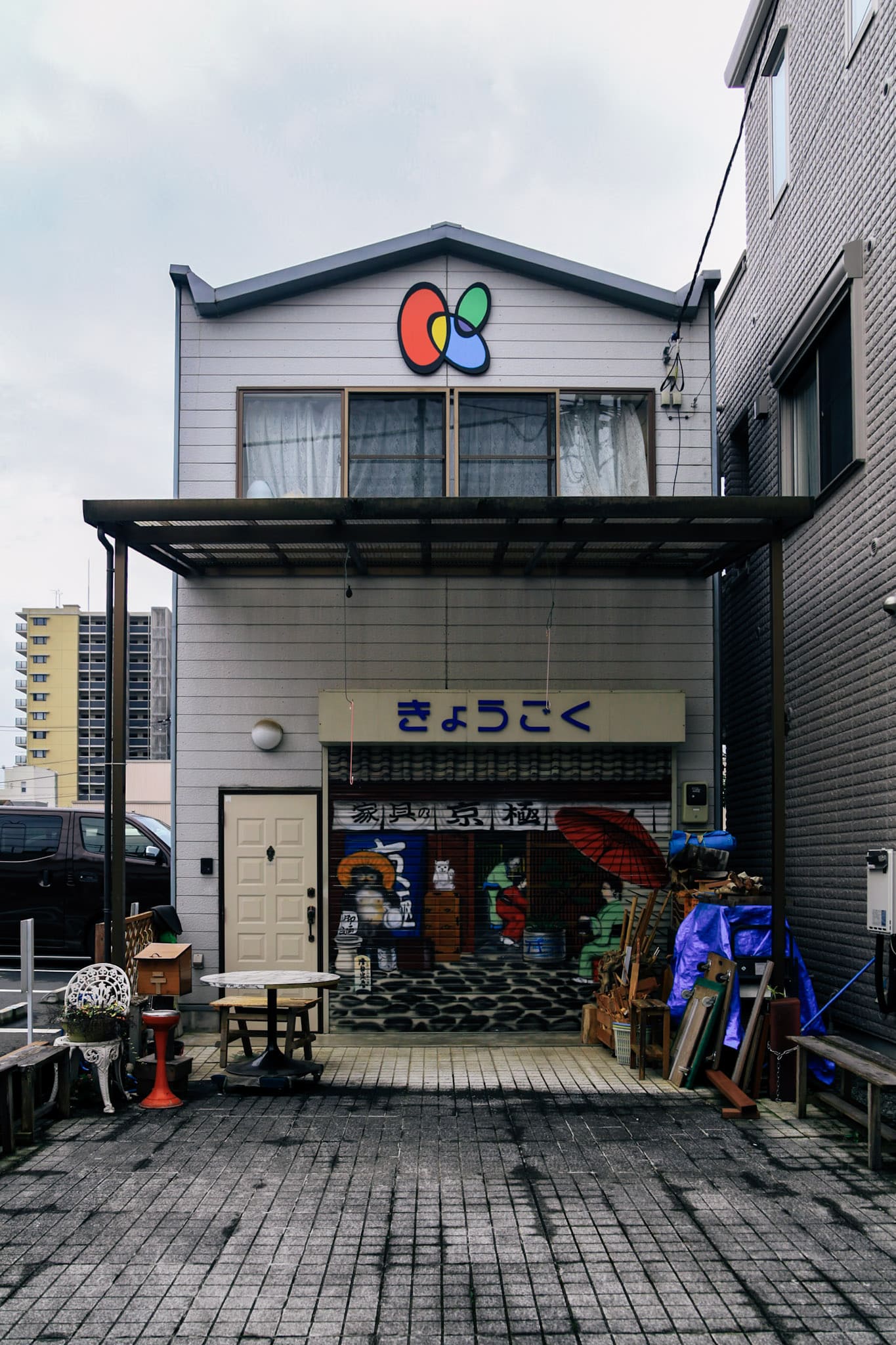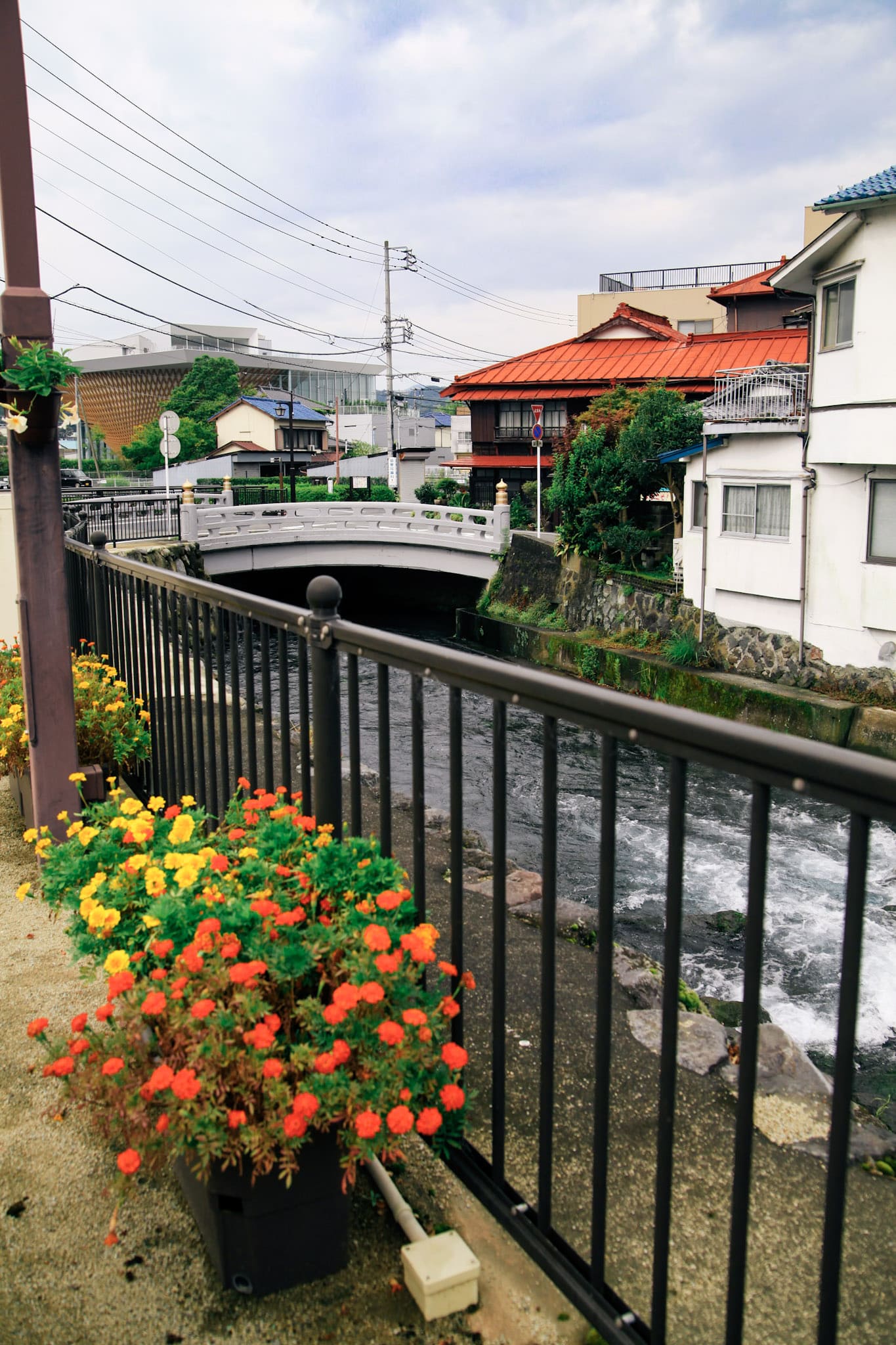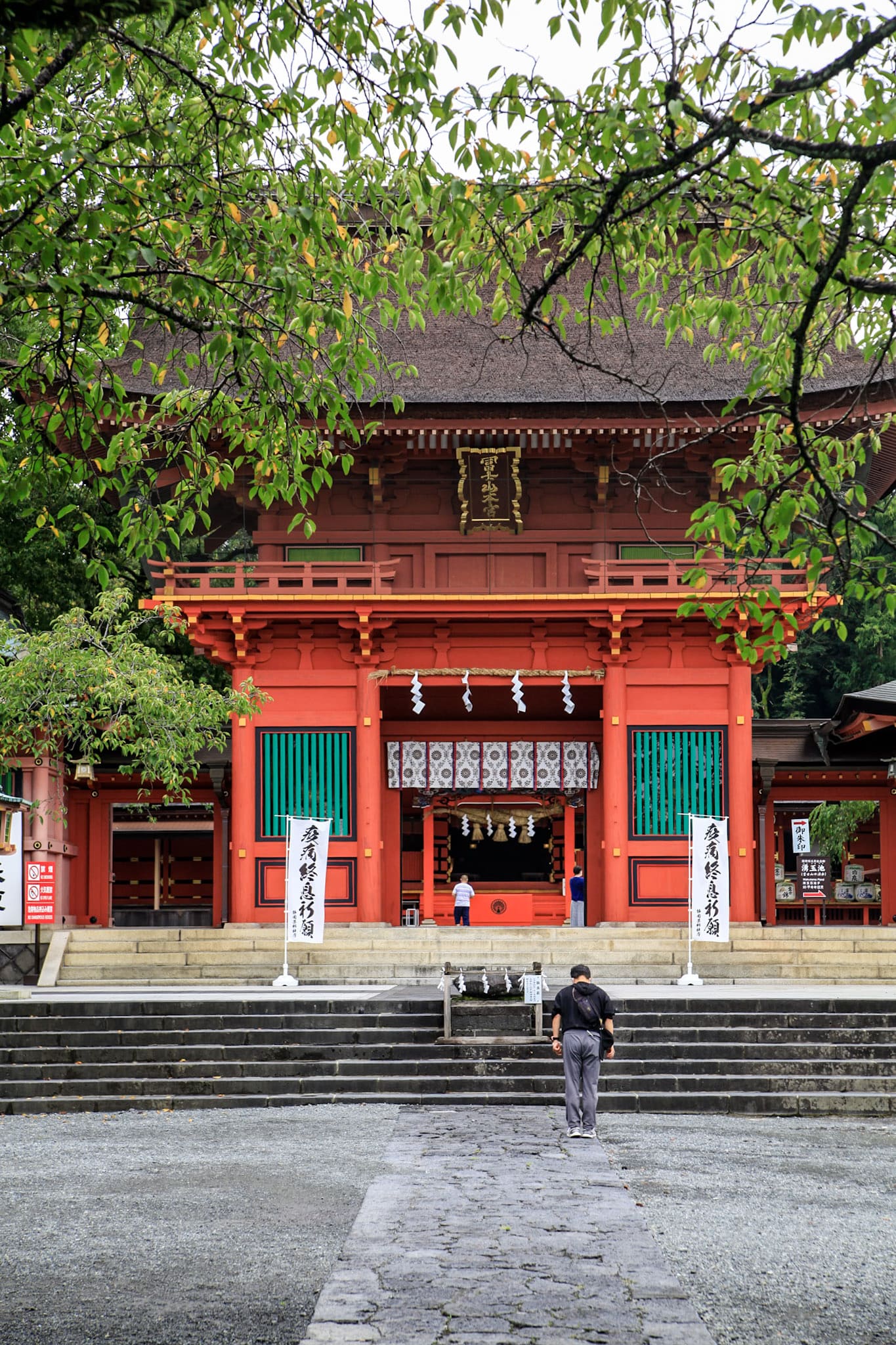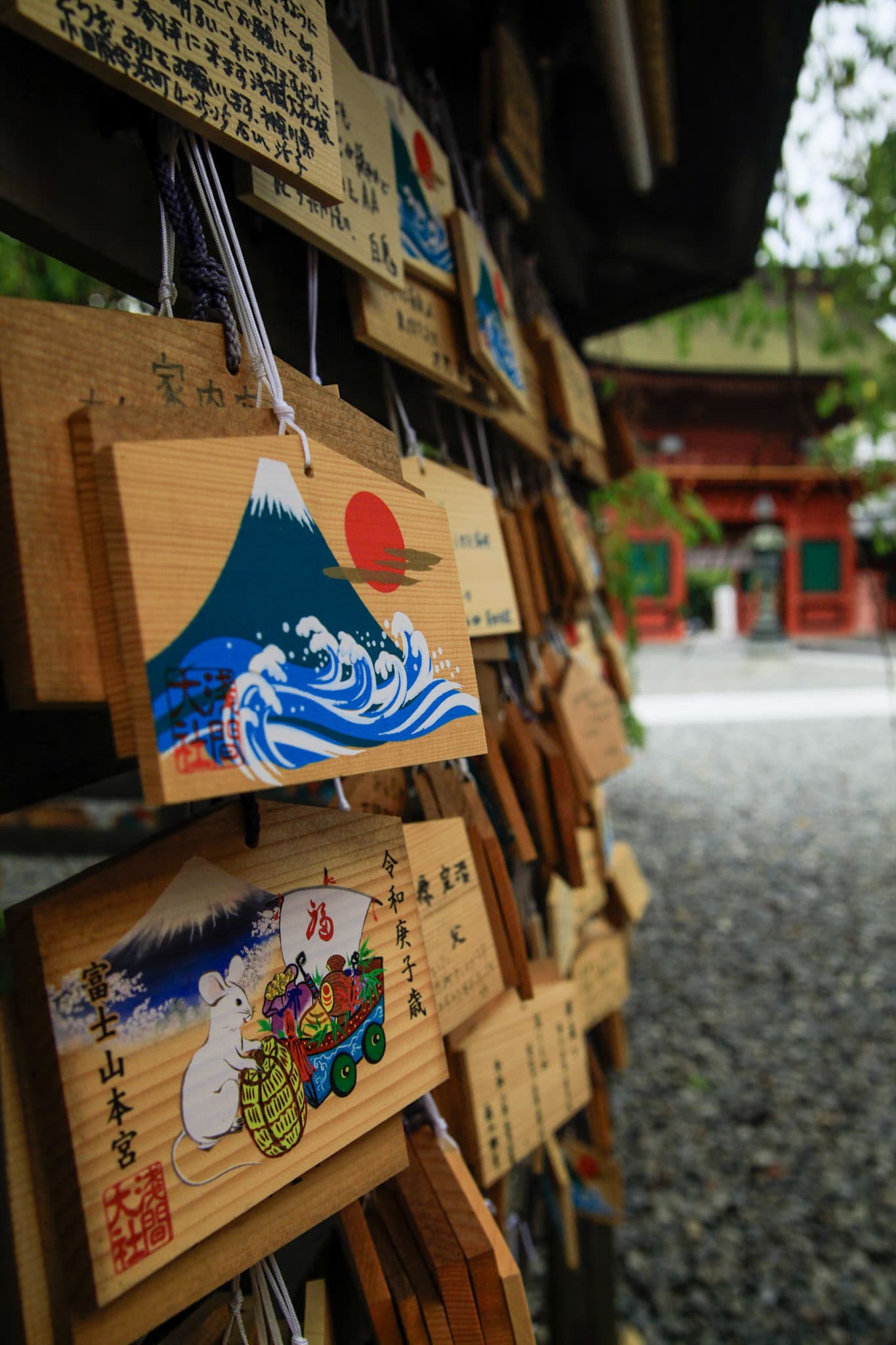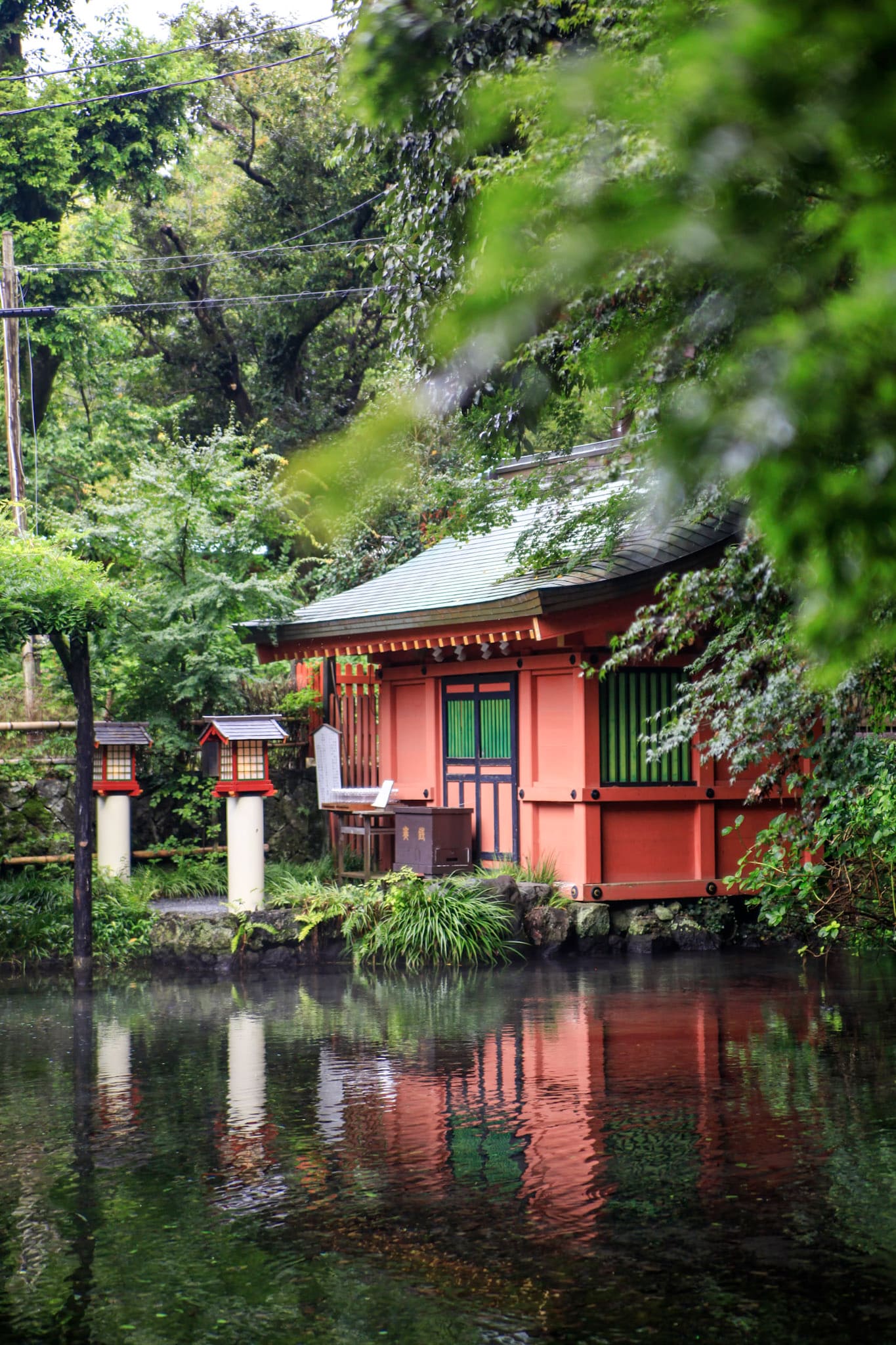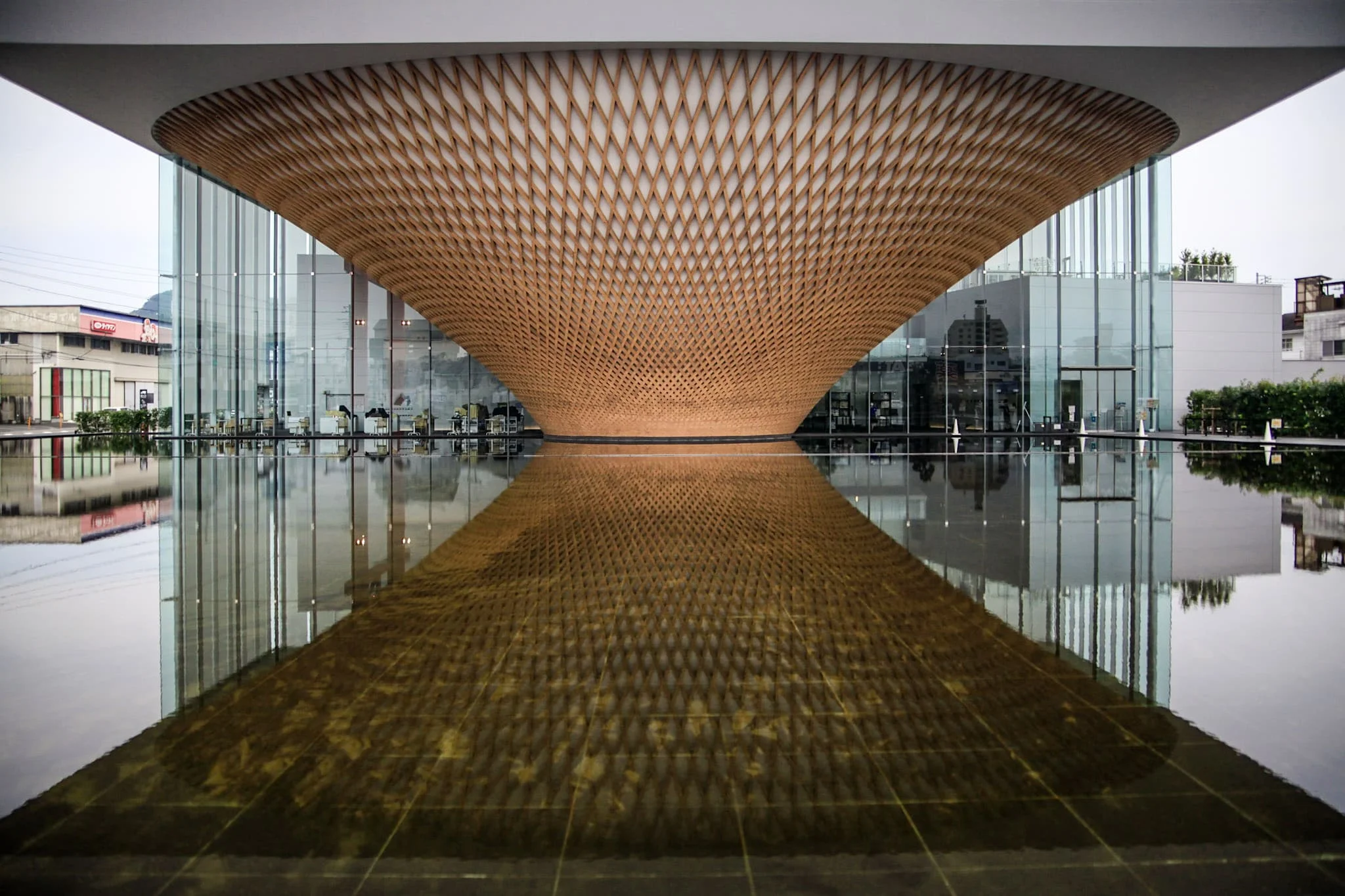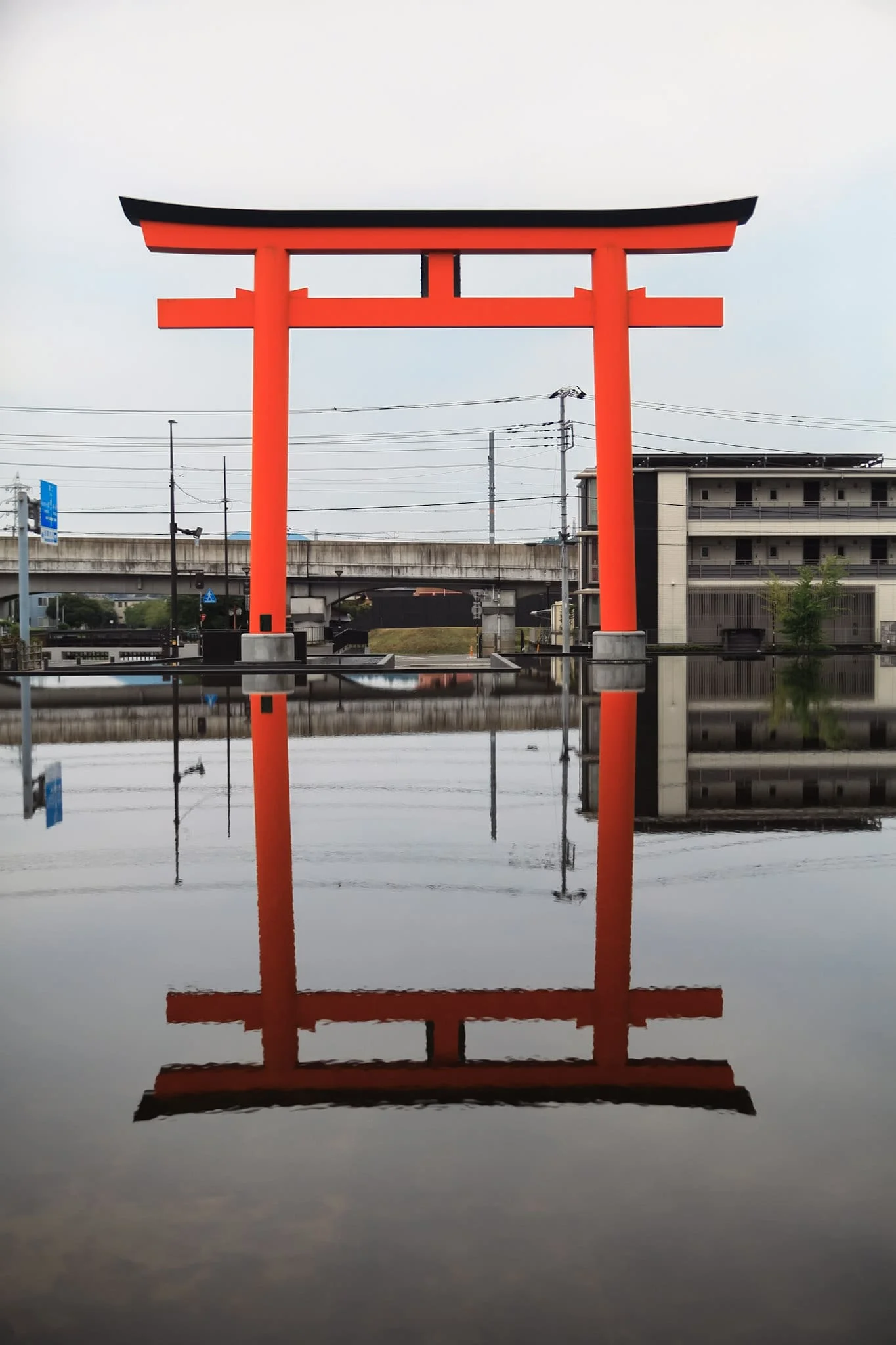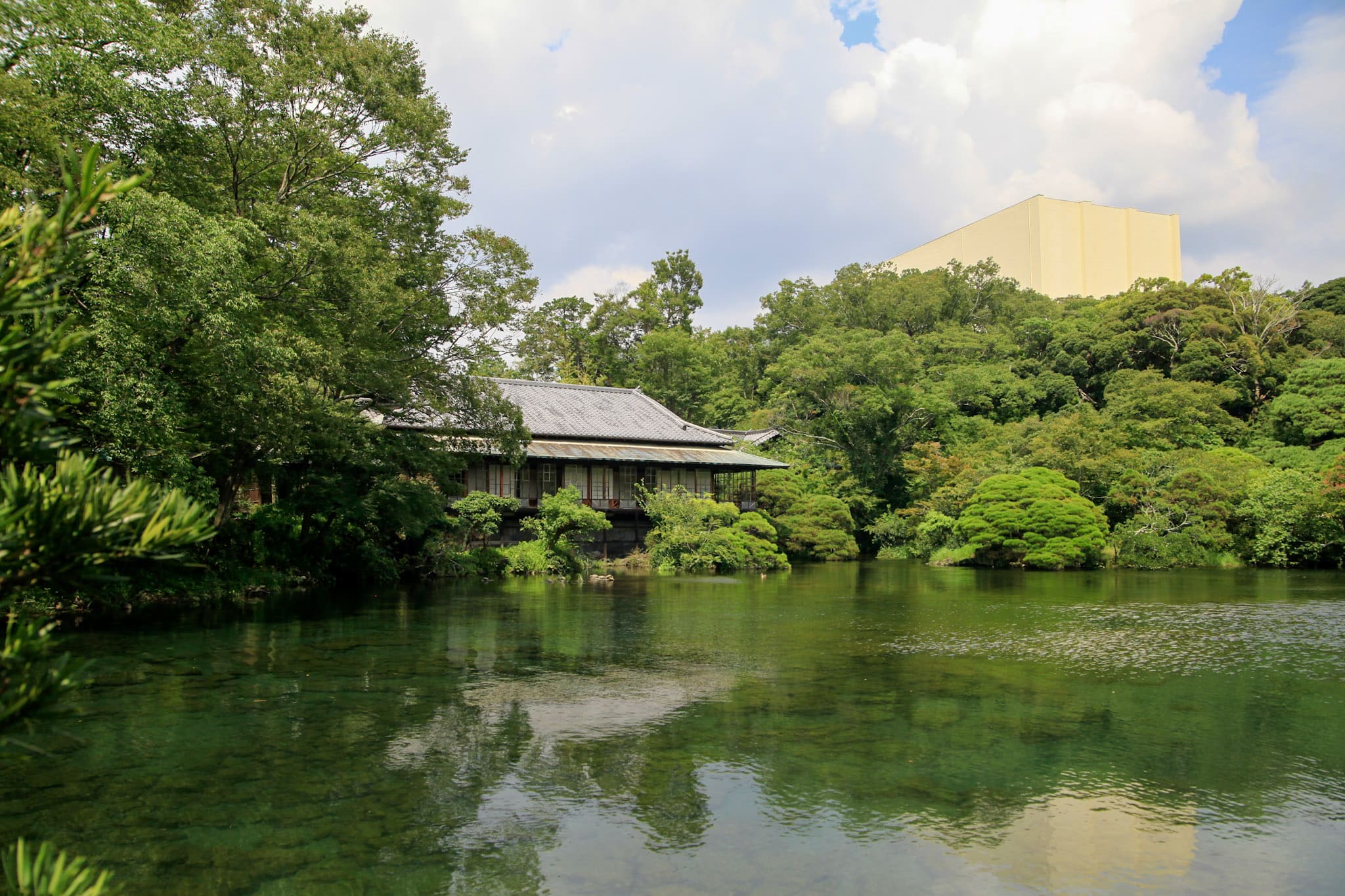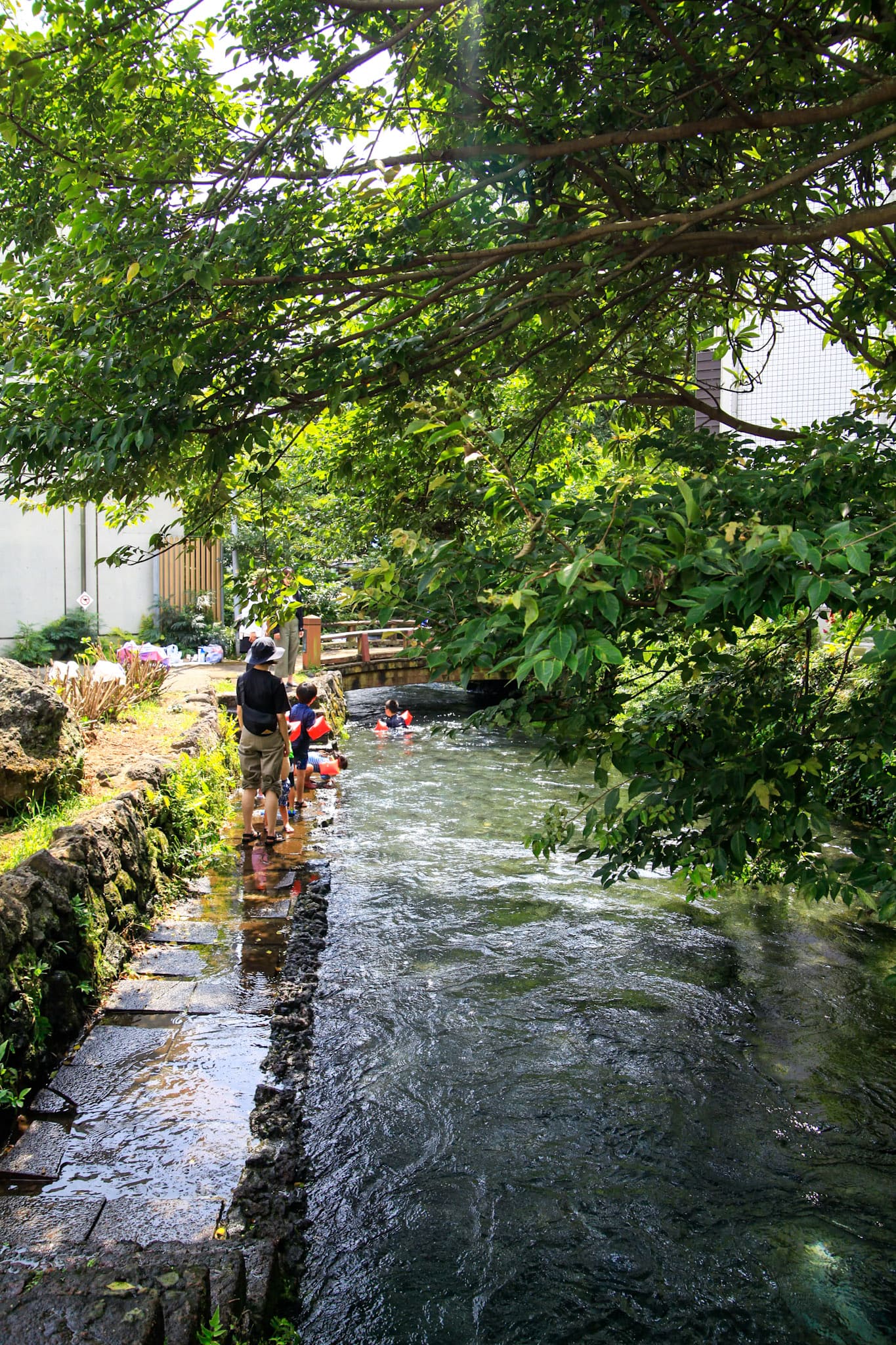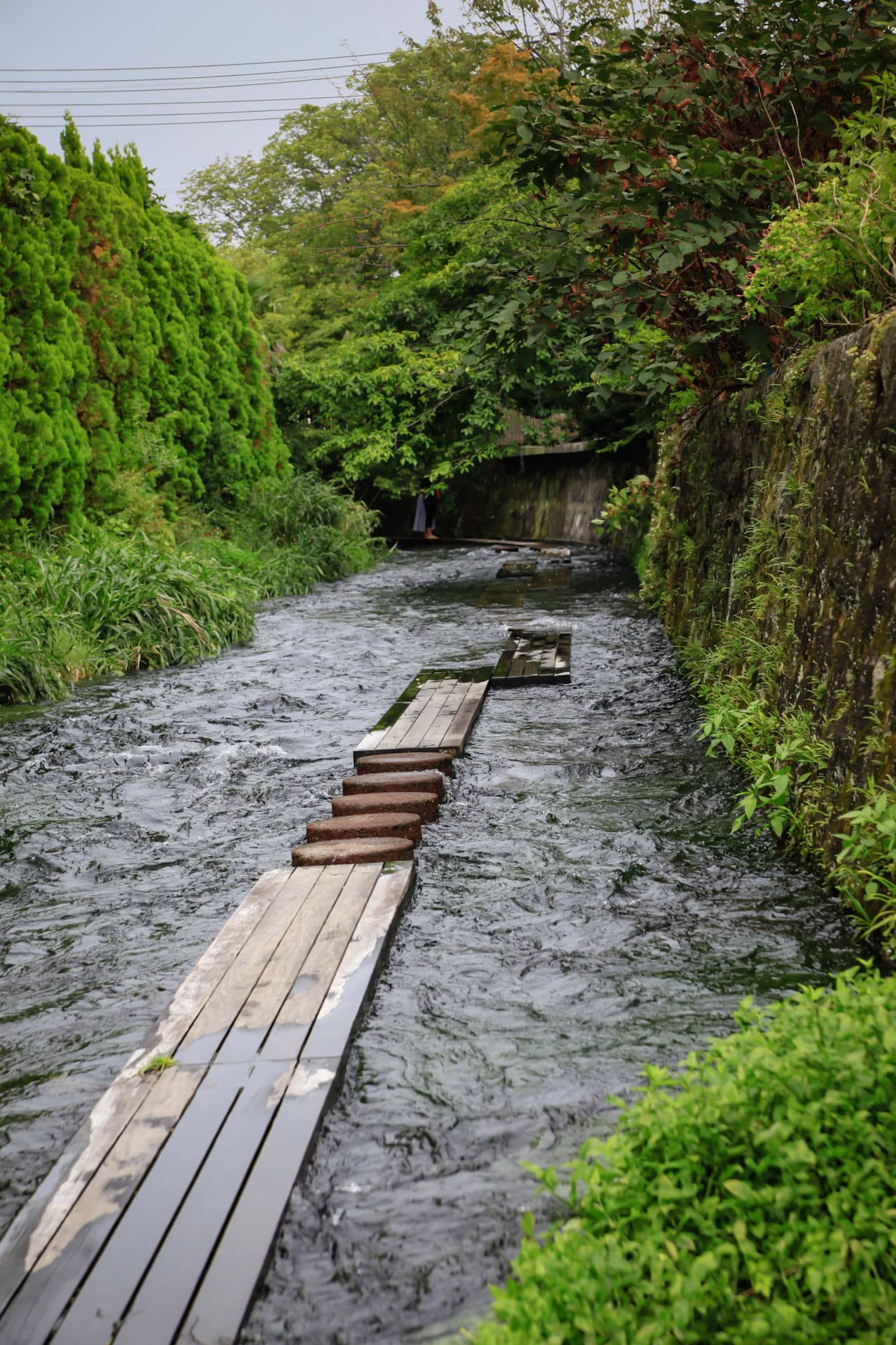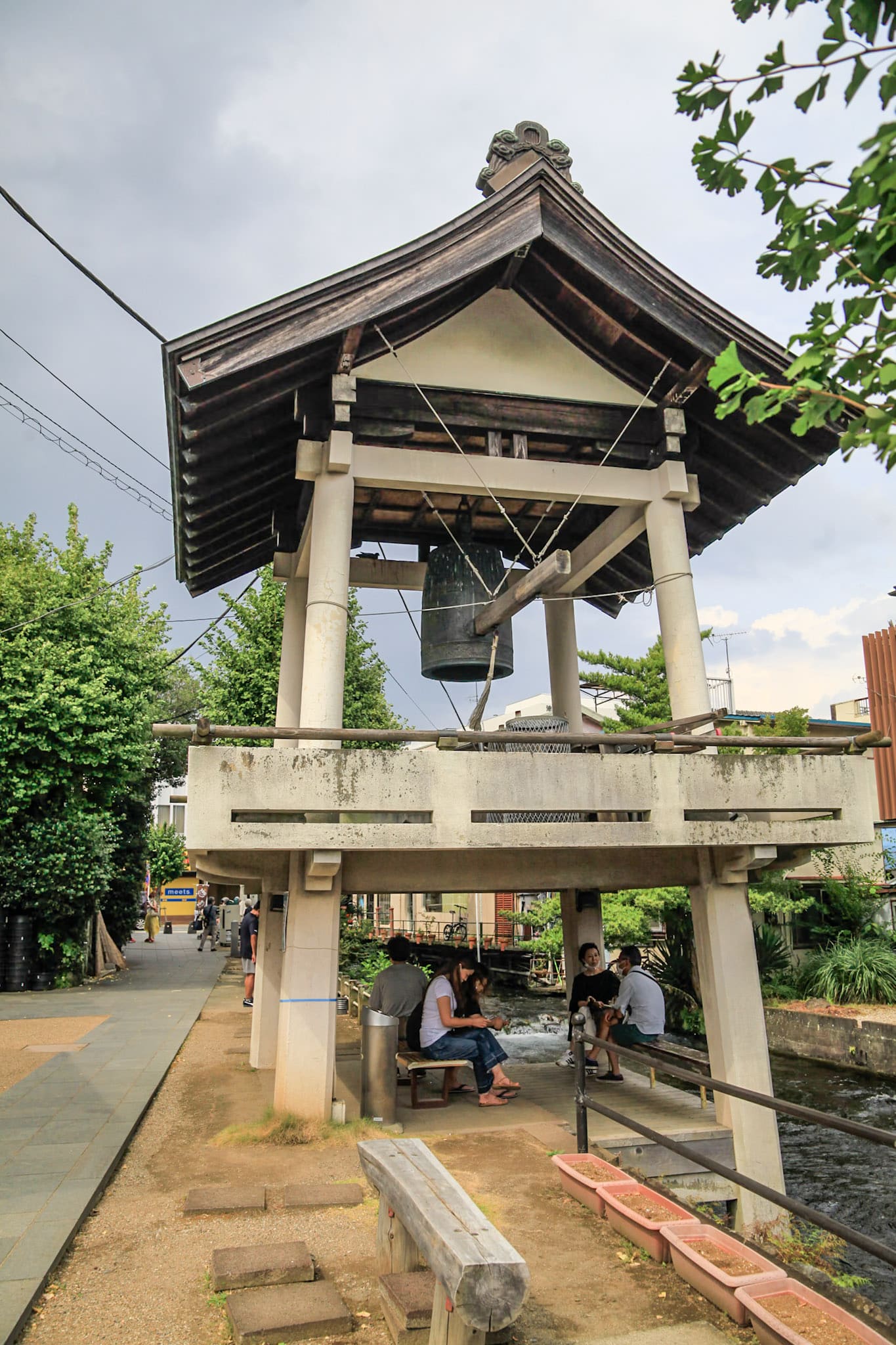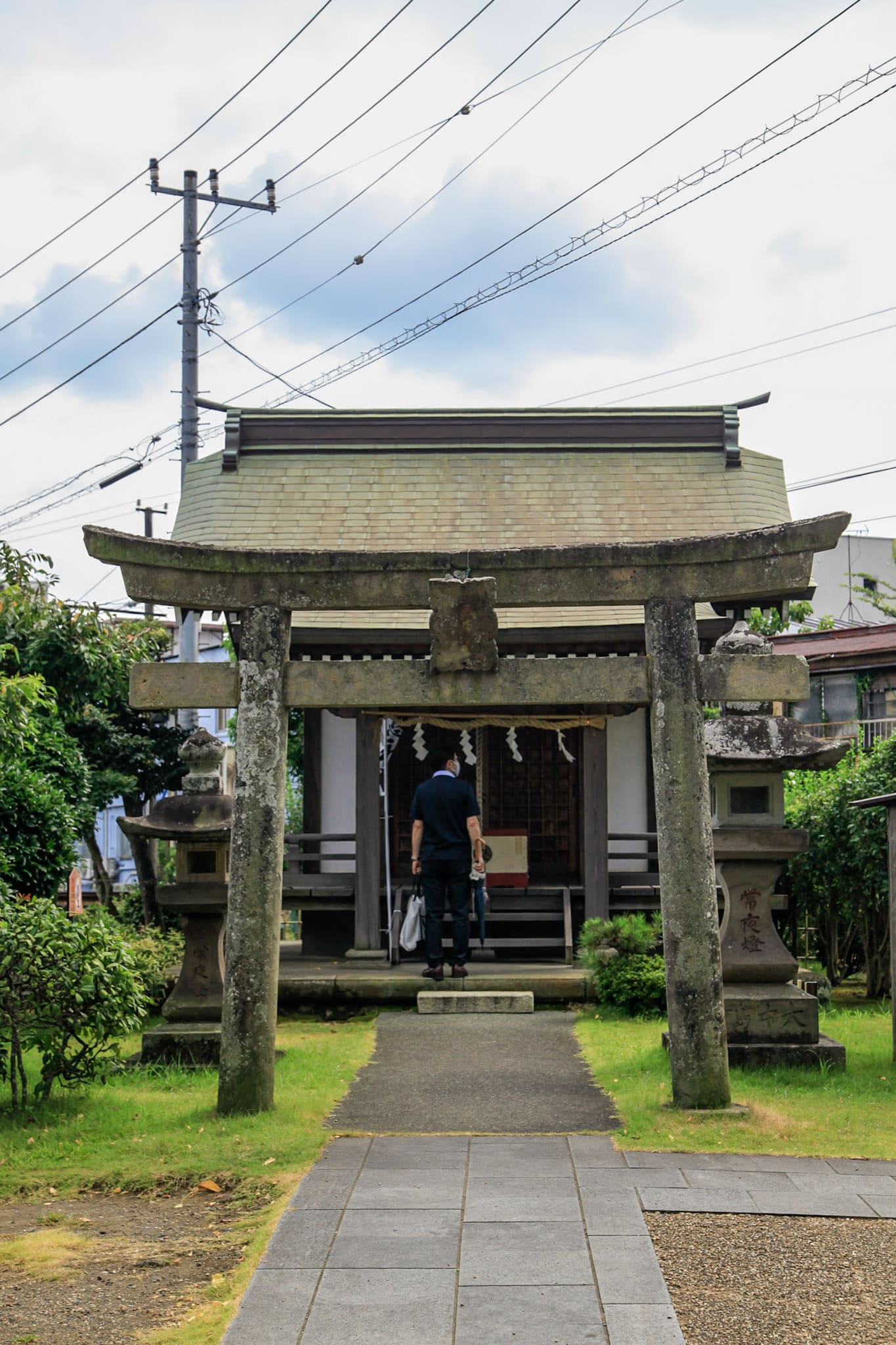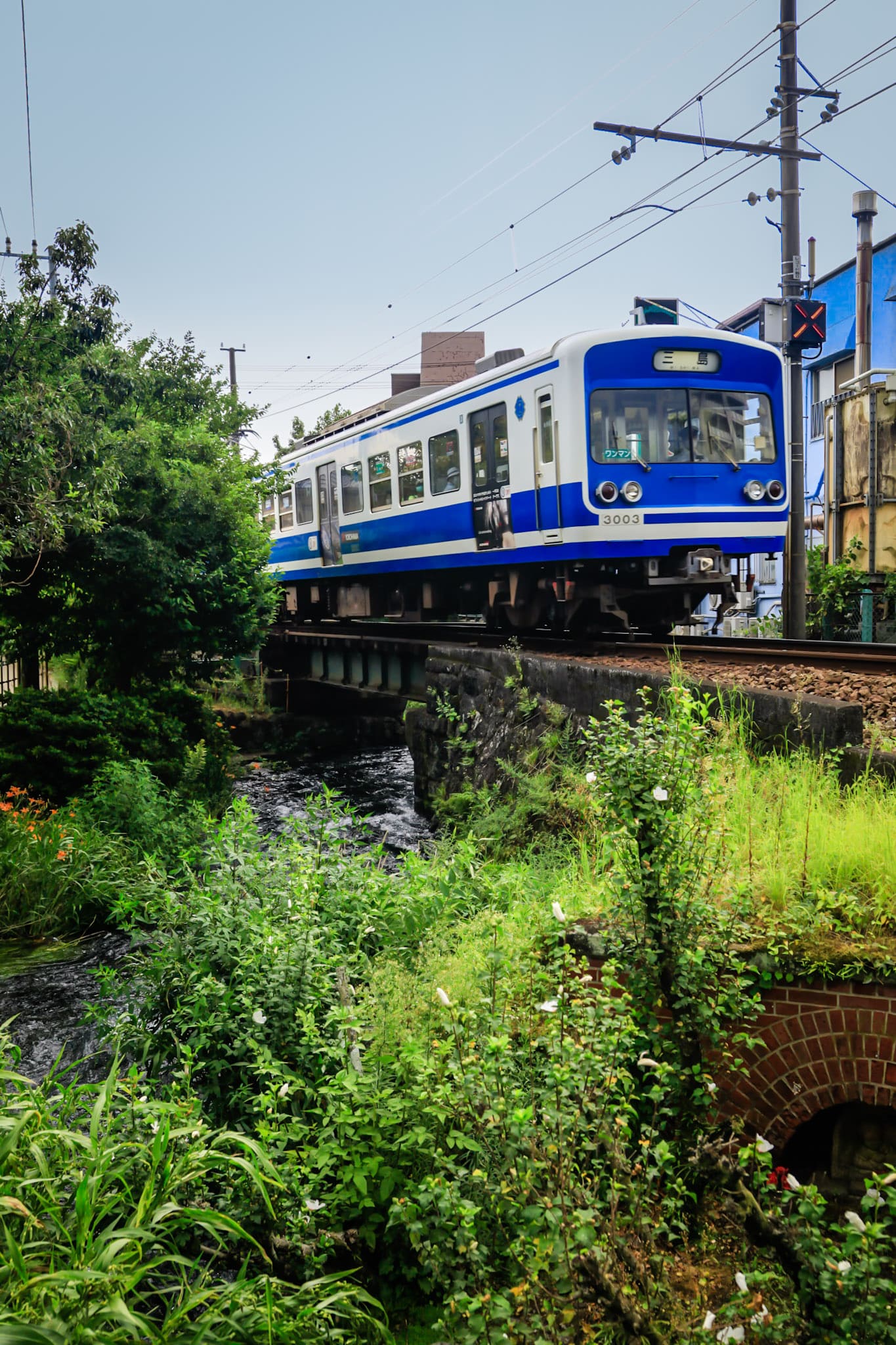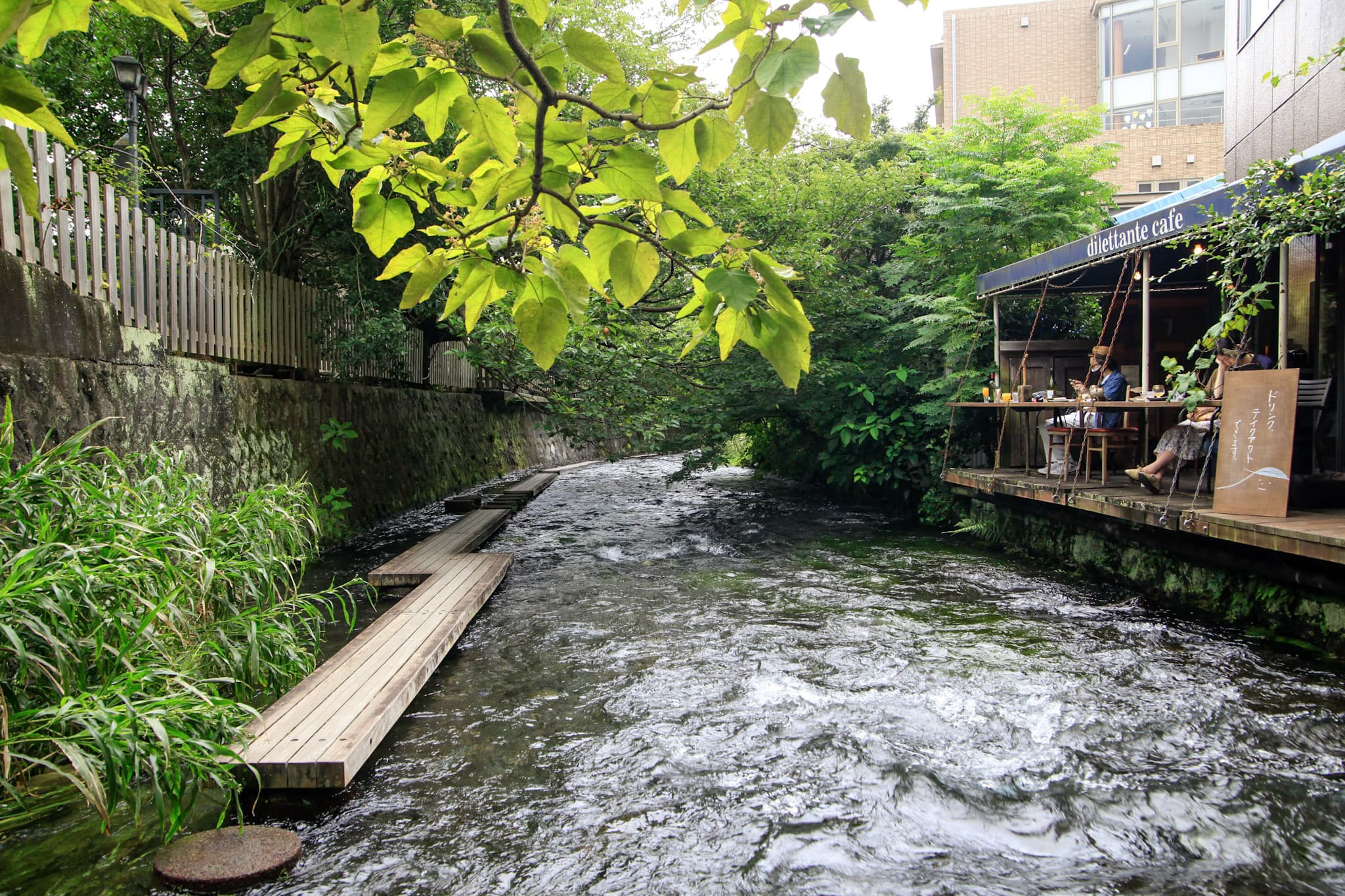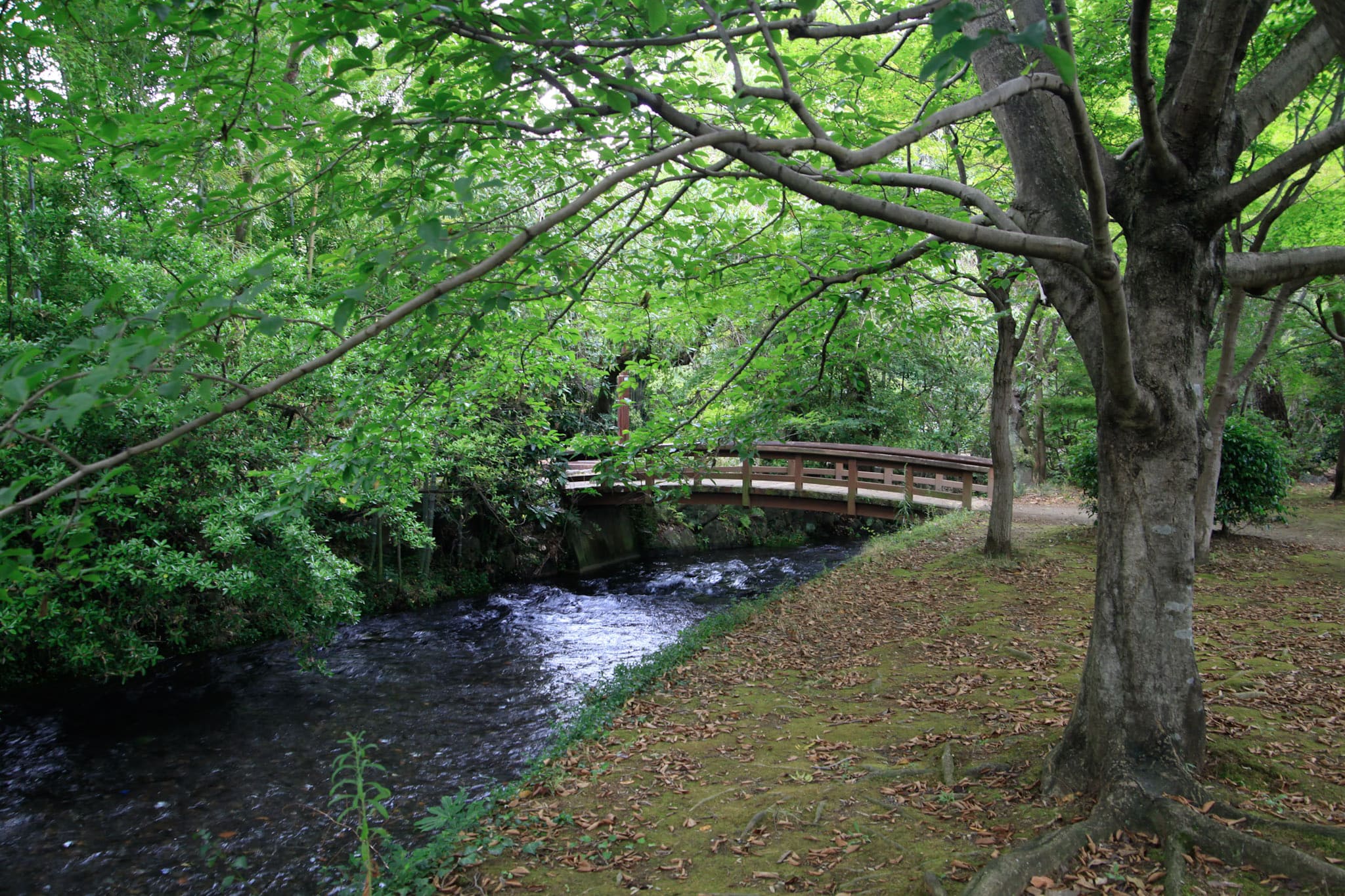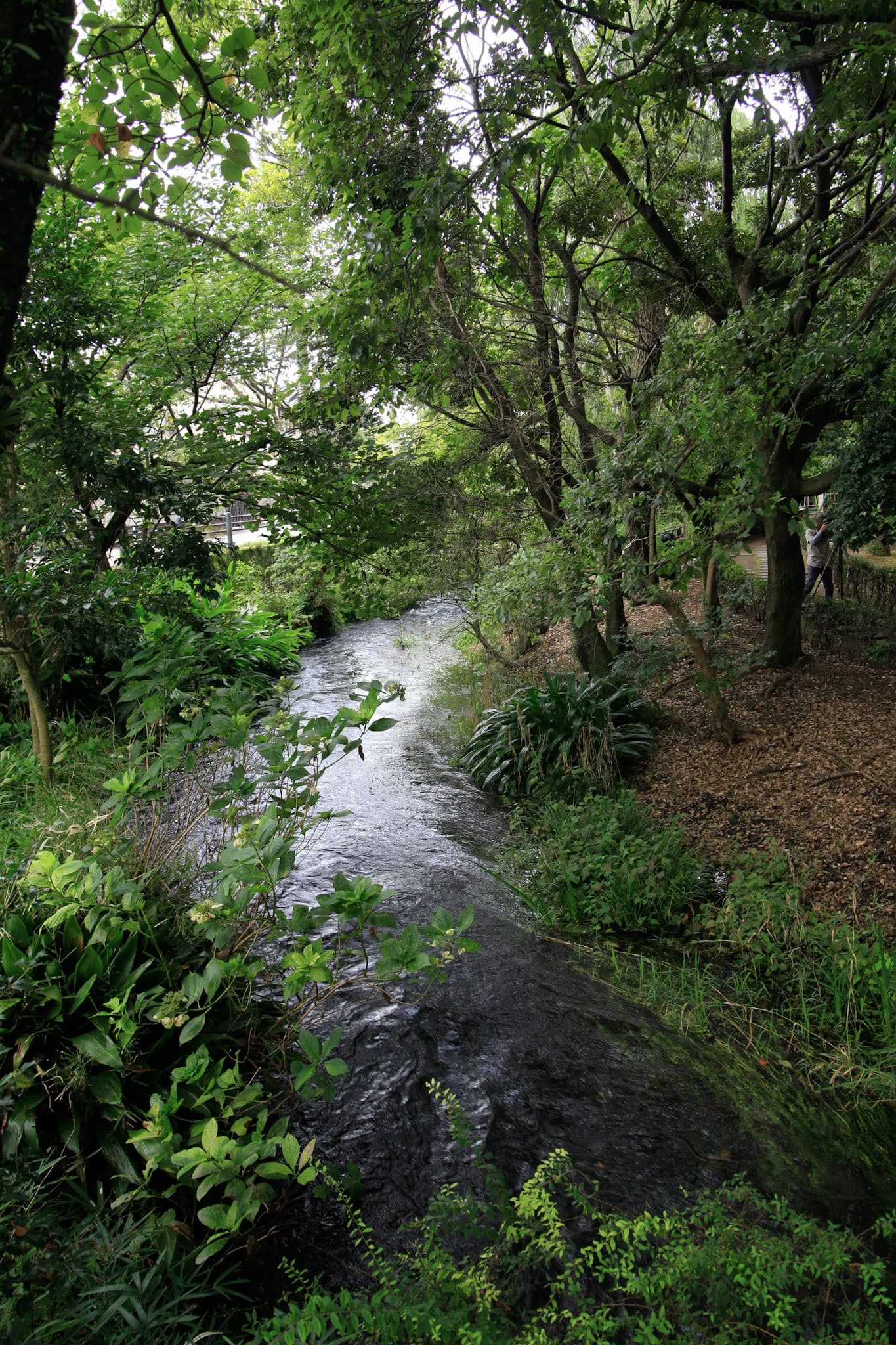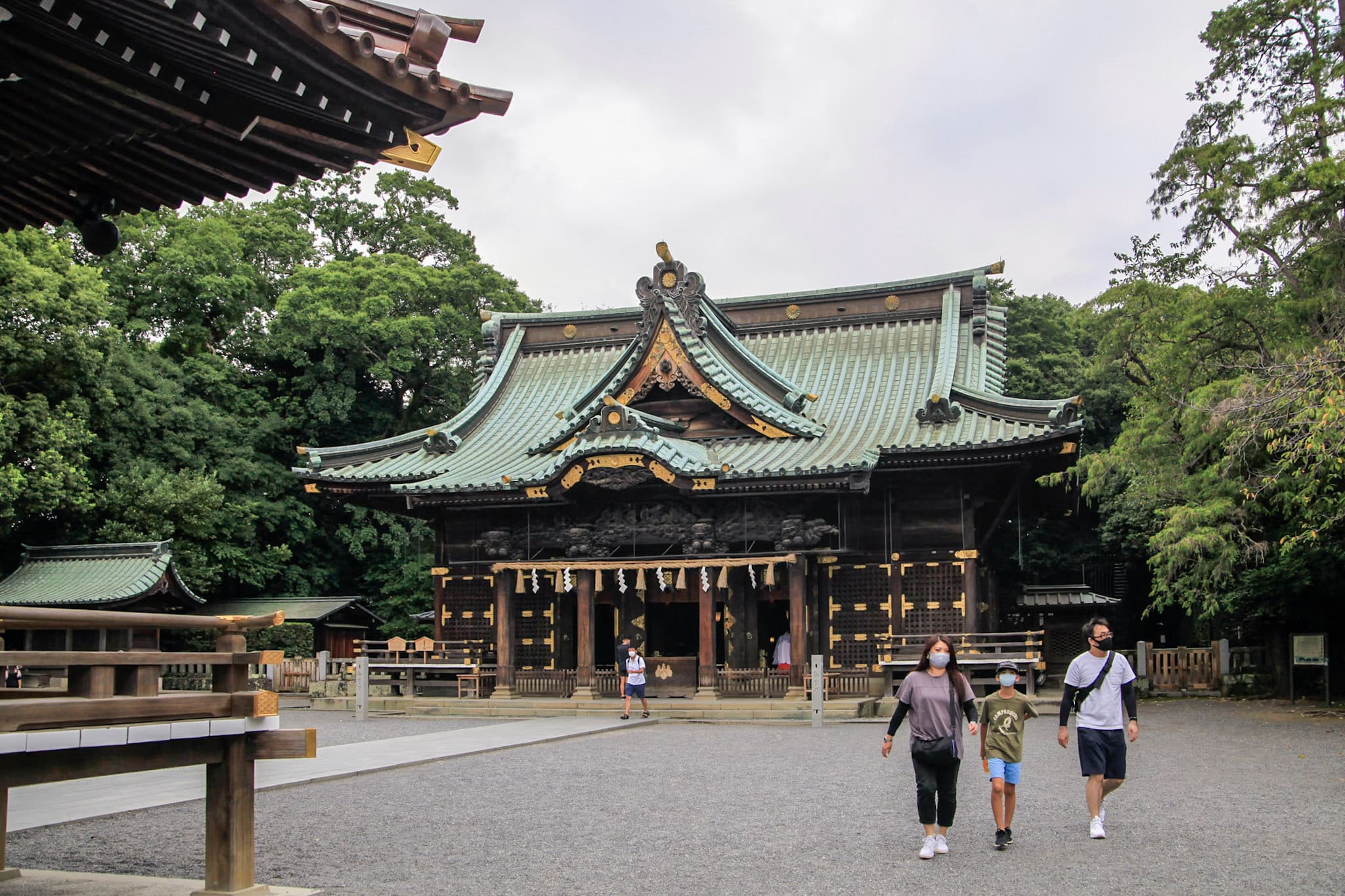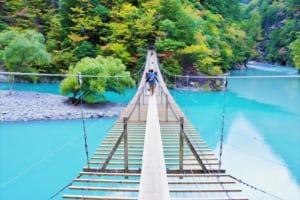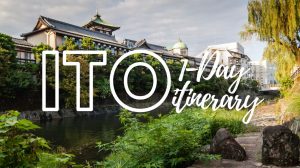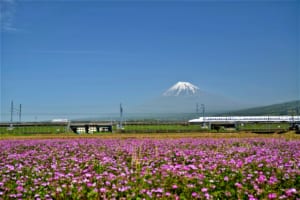A Fujinomiya and Mishima Itinerary with the Seishun-18 Kippu
Fujinomiya and Mishima Travel Guide – How to Spend 1–2 Days by Mount Fuji
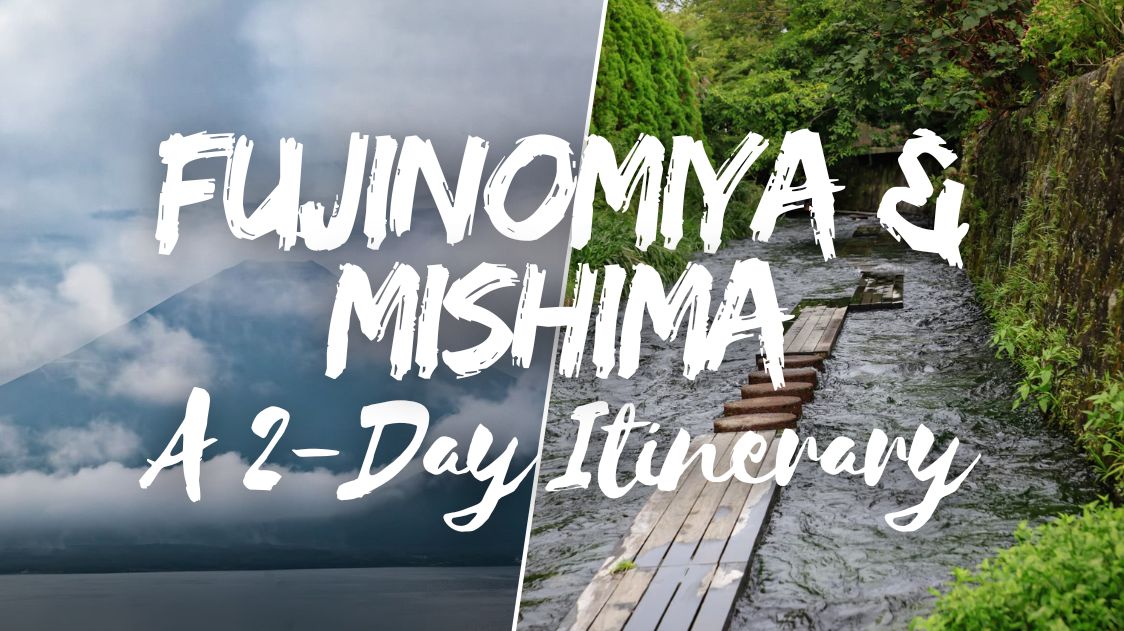
As much as Japan’s Shinkansen network is lauded by its speed and punctuality, local trains are the unsung heroes of the average Joe, budget-conscious travelers, and overall, those with an affinity for unhurried exploration. Time, you see, is a quiet and sometimes misunderstood luxury, and one that, as a traveler journalist badly affected by the wanderlust bug, I constantly yearn for.
For the past few articles, I’ve been detailing a nearly week-long trip with the Seishun-18 Kippu, a ticket that eases you into a slower pace, removing bullet trains and reserved seats from the equation, just the steady shuffle from one local line to the next. This is the last leg of a very memorable trip around Central Japan.
Once we left Toyokawa Inari behind and started drifting eastward on local trains, slow pace had set in. There’s something about that slowness that makes small details stand out, like the small details at each station, or the different shades of countryside summer.
Evening Arrival in Fujinomiya
When we finally pulled into Fujinomiya around six in the evening, the sky was still glowing faintly behind the mountains, with Mount Fuji appearing and disappearing through the clouds like a silhouette testing its presence. After days of scorching heat in Gujo Hachiman and Toyokawa, the air here felt heavier with moisture, but also softer. Fujinomiya is just a quiet station in a modest town, contrasting the spectacular backdrop of Mt. Fuji, Japan’s greatest symbol.
By the time we stepped out of the station in Fujinomiya, the streets were hushed, shopfronts already closing for the night. We found a charming local izakaya specialized in teppanyaki dishes, Teppanyakichan Fujinomiyaekimae (鉄板焼きちゃん 富士宮駅前店) but I found myself drawn to a plate of omurice instead, the kind of simple and comforting choice that felt right after a long train ride.
 Business Hours Business Hours |
Weekdays: 11 AM–2:30 PM 5–11 PM / Weekends: 11 AM–11 PM |
|---|---|
 Closed Closed |
Wednesday |
 Official Website Official Website |
https://chan-fujinomiyaekimae.gorp.jp/ |
There isn’t much to do in Fujinomiya after dark. The sun slips away, and so does most activity. That evening silence was almost a relief after the busier days that had come before. It framed the next part of the trip: an early bedtime, because we had a 5 am departure planned for the next day. We had chosen to spend the night at Guest House Tokiwa*, since the stay included a sunrise tour into the highlands with memorable views of Mount Fuji.
The house is the owner’s family home, a cozy inn with lived-in warmth, far from a polished ryokan designed only for visitors, but a place where you could feel that real life carried on in parallel with hosting travelers. That, along with its convenient location near the station, made it a local favorite among travelers. The lounge smelled faintly of wood, the tatami rooms had the kind of imperfections that tell you they’ve actually been used, and the friendly owner chatted with us as though we were friends stopping by for the night. A homely welcome that set the tone, making us feel like we were slipping into someone else’s daily rhythm. We set our alarms early, rolled up our futons, and went to sleep.
*Due to various circumstances, Guesthouse Tokiwa unfortunately ceased operations on August 31, 2025.
Sunrise Tour & Exploring Fujinomiya
I’m not a morning person. By the time the alarm went off at 5 am, I wondered what sort of person voluntarily signs up to leave a futon before sunrise on holiday. But the promise of catching Mount Fuji in first light was enough motivation to get up, and before long we were climbing into the guesthouse van.
That morning, though, the mountain played stubborn. Clouds hugged the horizon, and at most we caught half-formed hints of its outline. In another mood I might have been disappointed, but after the blazing heat just days before, the cool haze was not at all unwelcome. The route carried us along National Route 139 (国道139号), the road that threads through the Asagiri Highlands (朝霧高原) toward Lake Motosu. It’s a drive framed by wide fields and scattered farms, with Fuji usually dominating the skyline.
The Stillness of Lake Motosu
When we reached Lake Motosu (本栖湖), one of the famous Fuji Five Lakes, the sun was already climbing, though still hidden behind the clouds. The water mirrored the gray sky, creating an atmosphere that felt more subdued than spectacular.
Still, there was a calm beauty to it. Once you’re there, you have to appreciate the landscape for what it is, regardless of the circumstances. Sometimes you don’t need the postcard view.
A Detour to Shiraito Falls
However, since we technically didn’t get what we came for, the guesthouse owner cheerfully steered the van toward Shiraito Falls (白糸の滝), as a last-minute plan B. The road wound through thick summer greenery, every patch of forest dripping with August’s humidity.
Then the falls appeared: countless slender threads of water streaming down a lava wall, spilling into a pool that glowed with green reflections. Even without Fuji in sight, the scene felt almost unreal, as though we’d stumbled into a paradise garden. The mist rising from the falls cooled the air, and the sound of all those fine streams overlapping was enough to drown out conversation. Nearby, Otodome Falls (音止めの滝) is not as famous, but it’s almost as impressive.
Fujinomiya Town Highlights
By 8 am we were back in Fujinomiya, with a couple of hours to spare before checkout. The town was only just waking up, shop shutters still closed, locals on bicycles heading to work. We walked to Fujisan Hongu Sengen Taisha (富士山本宮浅間大社), the city’s defining landmark.
Even under an overcast sky, the shrine’s vermilion buildings stood out sharply, a reminder that Fuji’s cultural presence doesn’t depend on perfect visibility. It was here that centuries of pilgrims came to pay respect before attempting to climb the mountain, and standing in the courtyard gave me a sense of being folded into that long tradition, however briefly.
Across the street stood the Mt. Fuji Cultural World Heritage Centre (静岡県富士山世界遺産センター). We didn’t step inside, but even from outside the building’s striking design made its role clear: this was the modern, curated counterpoint to the ancient shrine. Together they bookended Fujinomiya’s relationship with the mountain; spiritual roots on one side, contemporary interpretation on the other.
Afternoon in Mishima
The train rolled into Mishima (三島市) around 12:30 pm; the clouds from the morning in Fujinomiya had thinned, and the city greeted us with a brighter, drier heat. Mishima is compact, and it’s also one of those places where water seems to flow everywhere you look, giving the streets an unexpected freshness in late summer.
Mishima Rakujuen Park
Our first stop was Mishima Rakujuen Park (三島市立公園楽寿園), just across from the station. It’s part zoo, part garden, part historical site, and though we didn’t linger too long, it offered an easy transition from the train into greenery.
The centerpiece is Rakujukan House (楽寿館), a former imperial villa built for Prince Komatsu Akihito in the Meiji era. The interior wasn’t open during our visit, but even from the outside, its stately wooden form framed by trees next to the large pond was enough to spark the imagination of what life in that setting might have been like.
Urban Riverwalk at Genbe River
From there, we followed the flow of Genbe River (源兵衛川), a shallow stream that cuts through the city in a way that feels designed for wandering. Clear water runs over smooth stones, shaded by willows and bridges, with small stepping points that invite you to pause or even dip your feet in, and enjoy the cool water. Walking along the river, it struck me how integrated the waterways are with everyday life in Mishima: kids playing on the banks, locals crossing over on errands, all of it unfolding in plain sight of visitors like us.
The walk led us past smaller landmarks that stitched the route together. We paused at the Toki-no-Kane Bell (時の鐘), a modest tower that once kept time for the town, and the tiny Mitsuishi Shrine (三石神社) tucked quietly into a corner, humble but cared for, and next to a photogenic stretch where the Izuhakone Railway passes right overhead. For those of you hesitant to wet your feet but still wanting to make the best of the river landscape, I strongly encourage you to enjoy a meal or coffee break at dilettante cafe‘s riverside terrace.
We kept walking roughly until Mizunoyuenchi Park (水の苑緑地), a small and unassuming resting place, perfect to collect your thoughts in solitude and surrounded by nothing but lush greenery and the gentle river murmur.
The simplicity and beauty of the spot made up more than enough for the Summer humidity.
Mishima Taisha
Before leaving town, we made one last stop at Mishima Taisha (三嶋大社), the city’s spiritual heart. Dedicated to the kami of protection and prosperity, it’s been an important shrine since ancient times, and stepping into its grounds felt like a change of pace after the playful riverside walk.
By around 4 pm we found ourselves looping back to Mishima Station, feet tired but mind surprisingly light. This last stop made for a gentle but rewarding close to two days of wandering under Fuji’s watch, even when the mountain itself was mostly hiding behind the clouds.
Getting to Fujinomiya and Mishima
Although my visit took place while returning from Aichi Prefecture, both Fujinomiya and Mishima are easy to reach from Tokyo, making them a suitable option as short getaways or as part of a broader Mount Fuji trip. Here are the most straightforward options:
Tokyo to Mishima
- The fastest way is by Tokaido Shinkansen (Kodama or Hikari services) from Tokyo Station to Mishima Station. The ride takes about 45–60 minutes.
- For a more affordable option, you can also take the JR Tokaido Main Line local or rapid train in Tokyo Station, switching trains in Atami Station. The journey takes around 2 hours but is fully covered by the Seishun-18 Kippu.
Route | Line | Fare | Duration |
Tokyo to Mishima | Tokaido Shinkansen | ¥4,800 | 45-60m |
Tokyo to Mishima (local) | Tokaido Main Line | ¥1,980 | 2h-2h15m |
Tokyo to Fujinomiya
- From Tokyo Station, see the above indications to take the Tokaido Shinkansen to Mishima Station, then transfer to the Tokaido Main Line to reach Fuji Station, then transfer to the JR Minobu Line for Fujinomiya Station. Travel time is between 1 hour and 30 minutes to 2 hours, depending on the timing for the different transfers.
- For fully local train options, take the Tokaido Main Line in Tokyo Station to Atami, then follow the same route as above. Total travel time is about 2.5–3 hours.
Route | Line | Fare | Duration |
Mishima to Fuji | Tokaido Main Line | ¥510 | 25m |
Fuji to Fujinomiya | Minobu Line | ¥240 | 19m |
Related: Shinkansen: A Complete Guide to the Japanese Bullet Train
You can confidently book your Shinkansen tickets online through our partner service, Japan Bullet Train. Try checking the route from Tokyo to Atami or Mishima now![Ads]
Some of you may be wary of the infamous heat of Japanese summers, but the gorgeous, lush greenery is one of the things I love the most about traveling during this season. Take a nice hat and maybe a portable fan, keep drinking plenty of water, and you’ll see this is actually doable! Hopefully, the above article inspires you to follow in my footsteps.
Need more inspiration to discover towns and villages around Japan? Check the articles below!
Written by
Photographer, journalist, and avid urban cyclist, making sense of Japan since 2017. I was born in Caracas and lived for 14 years in Barcelona before moving to Tokyo. Currently working towards my goal of visiting every prefecture in Japan, I hope to share with readers the everlasting joy of discovery and the neverending urge to keep exploring.





